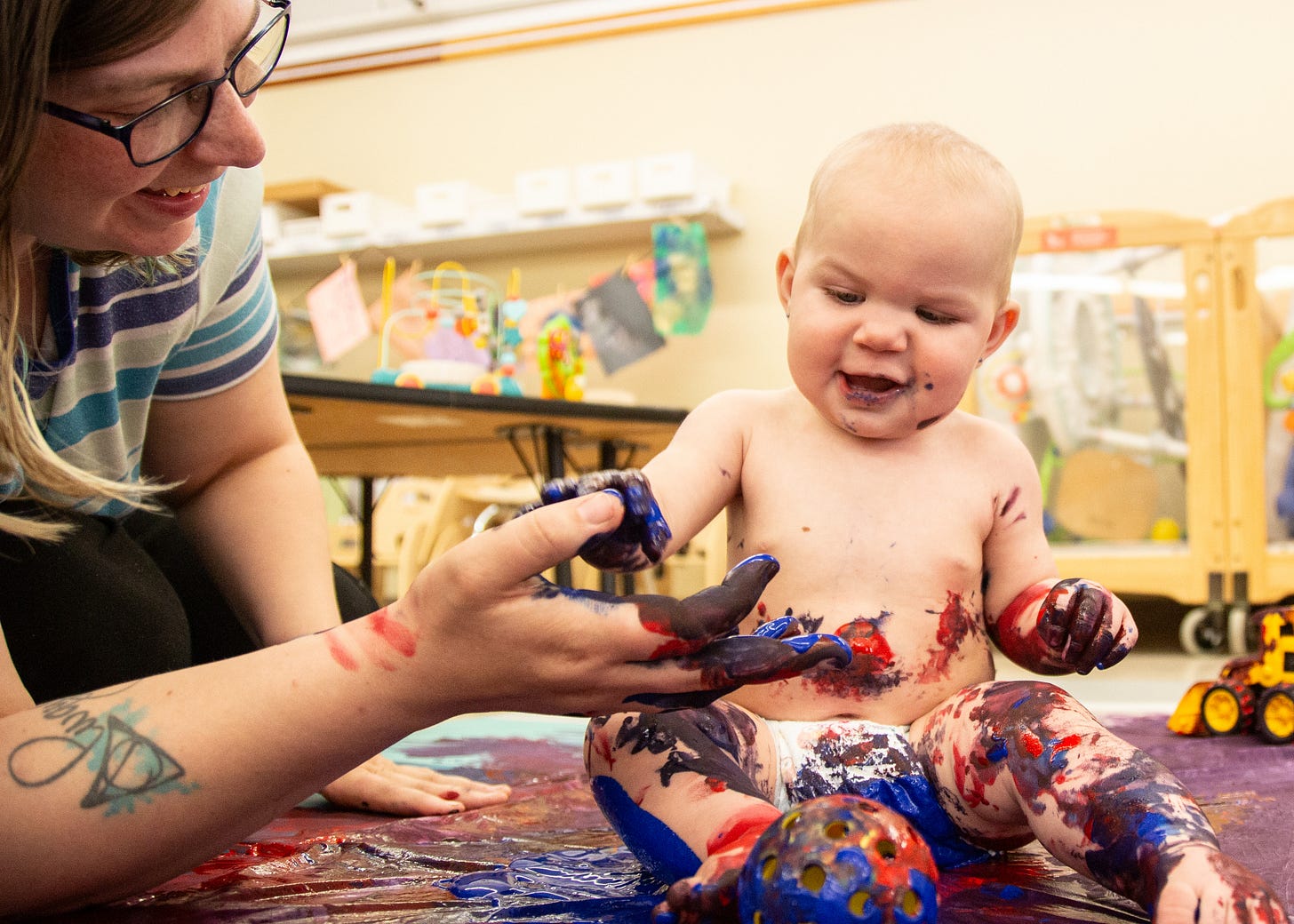Parents are their child’s most important teacher
The first five years are the foundation for brain development
NORWOOD CHILD AND FAMILY RESOURCE CENTRE

Did you know that 90 per cent of the pathways in the brain are developed by the age of 5?
Before a child ever steps foot in a primary school classroom and meets their Kindergarten teacher, it is their parent or primary caregiver that is their first and most important teacher.
The brain development that happens in the first five years sets the foundation for all future learning, development, and well-being. We know that children develop best when they have consistent, supportive, and loving adult influences in their lives.
The lessons start from the very beginning: When a baby cries and their caregiver responds, the baby learns that their needs matter. When a baby smiles or babbles and their caregiver responds with smiles, coos and little words, the baby begins to understand that the caregiver is watching and listening.
With consistency from the caregiver, a child will start to feel safe in the world, and when children feel safe, they will explore bravely and learn more quickly. As they explore and grow, children watch their caregivers closely and rely on them to make sense of the world. Every interaction and activity is an opportunity to learn.
For example, if you are out for a walk and see a dog, you can support your child’s learning by pointing at the dog and saying, “That is a dog. A dog says ‘ruff, ruff.’” Your child learns that this four-legged thing is a dog, and it can speak — the way it speaks might be loud and strange, but this is how dogs communicate.
Positive relationships between caregivers and children are the foundation for their future social and emotional well-being.
The best ways to create positive interactions with a child are to be present, respond appropriately, and use reflective listening. Focus on what the child is saying or doing, use pleasant, calm, and simple language with clear instructions when responding to a child, and mirror a child’s words back to them. Show them that their anxieties are understood and addressed in a positive manner.
For example, instead of saying “be quiet” one could say “can you please use a softer voice?”
Of course, no one is perfect, and you may not respond in the best way every time. The most important part of being a parent and a child’s first teacher is showing children they are loved and lovable. When children are accepted as they are, and when a caregiver shows interest in what they do and what they like, they become more confident and self-assured.
For more information about parenting and early childhood development, visit our blog at norwoodcentre.com.




